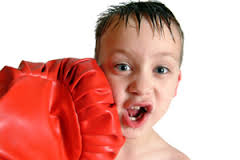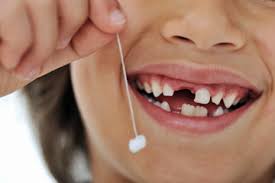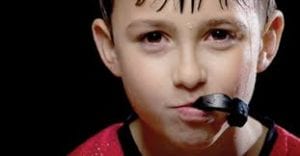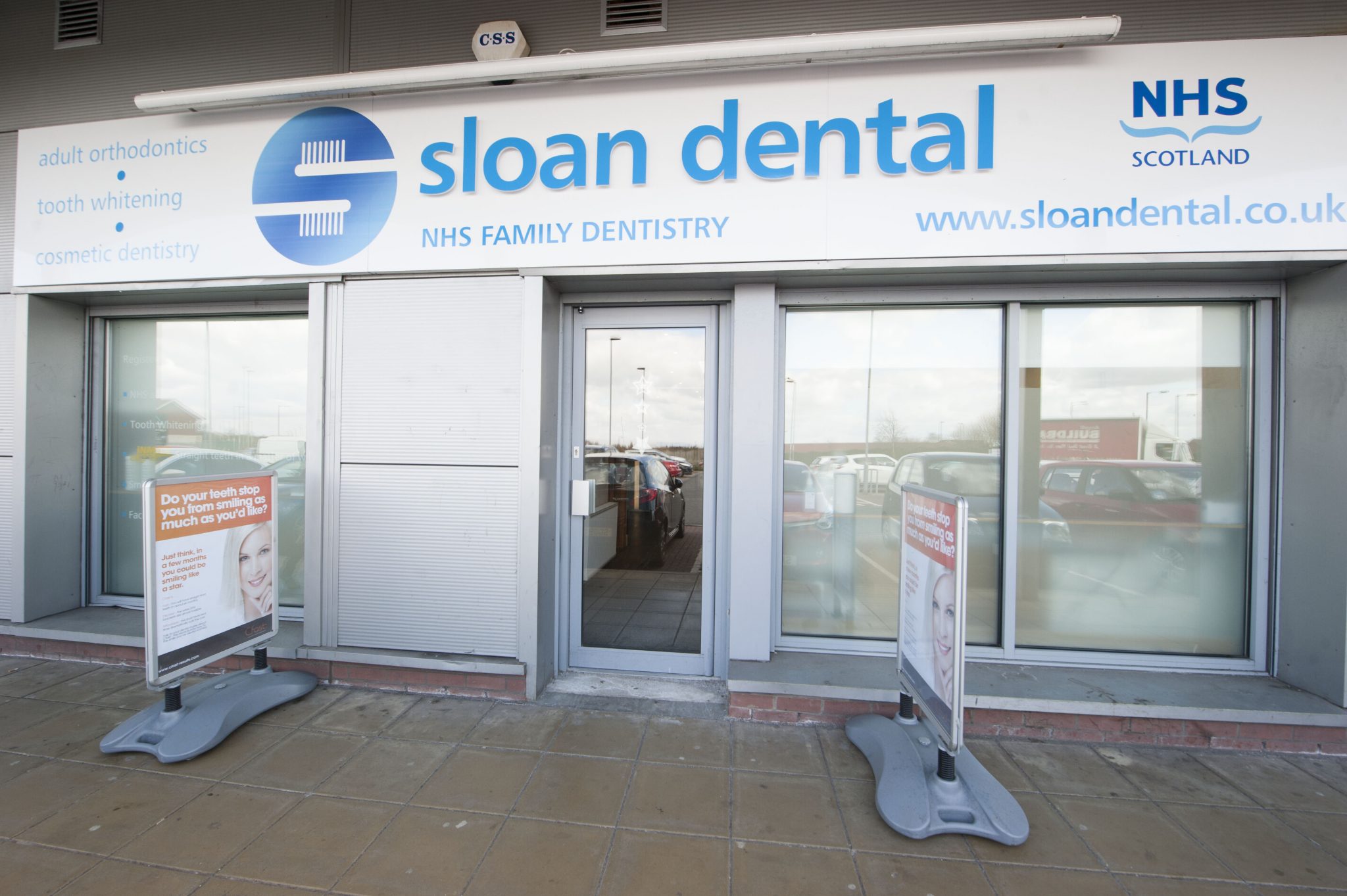What is an avulsed tooth?
A knocked out tooth is also known as an avulsed tooth.
A tooth can be knocked out by a blow to the mouth, or an accident involving the face. This can happen for example while playing contact sports. The tooth can be replaced in the socket successfully if you take the right action as soon as possible.
I’m bleeding, what can I do?
Don’t panic. Get a clean handkerchief and fold it up, then hold it over the socket and bite down. Keep your jaws together to apply pressure. If you need something for the pain, don’t take any medication containing aspirin as this can cause the bleeding to get worse. Do not apply clove oil to the wound.
I’ve still got the complete tooth, can it be replaced?
Maybe. The complete tooth needs to be replaced in the socket as soon as possible, ideally in under 30 minutes. But teeth have been successfully replaced up to 60 minutes after being knocked out. 
What should I do with the tooth?
Don’t touch the root. If the tooth is very dirty, rinse it with milk or tap water. Do not clean it with disinfectant or let it dry out.
How do I put the tooth back in?
Hold the tooth by the crown and put it back into the socket firmly, root first. Bite on a clean handkerchief for about 15 to 20 minutes. Visit your dentist as soon as possible.
What should I do if I can’t get the tooth back in?
Your tooth has more chance of survival if you keep it in your cheek until you can get emergency dental treatment. This will keep the tooth in its most natural environment. If this is not possible, keep it in some milk.
What if I have only got part of the tooth?
It is not a good idea to try and put the tooth back into the socket if it is not complete. Contact your dental team as soon as possible and they will tell you what can be done to restore the tooth. You may need dental x-rays to see if there is any root damage.
Is there anything I should do if I haven’t got the tooth?
If you cannot find the tooth, you may have swallowed it. If you think you may have swallowed or inhaled it, you may need an x-ray to be sure of this.
What if it is a baby tooth?
Most dentists would not recommend putting back a baby tooth in case an infection damaged the adult tooth underneath. Contact your dental team as soon as possible for advice. They may need to examine the child to check if any bits of tooth are still in the gum. There is no way to temporarily replace a baby tooth, so the only treatment is to wait for the adult tooth to appear. 
Where should I get emergency dental treatment?
Contact your dental practice as soon as possible and explain what has happened. You should still be able to contact your dental team for emergency treatment, even if the incident has happened outside normal dental practice hours.
Phone the practice number and you should be given information on when and where you will be treated. The dental team will then tell you what treatment will be needed.
What should happen at my emergency visit?
Your dentist will assess you and may treat any facial injury. However, treatment may be limited if there is any bruising or bleeding. They may take x-rays and will check if the tooth has re-implanted successfully. You will probably need more appointments for follow-up treatment.
What other treatment may I need?
If the tooth has re-implanted successfully you may not need any other treatment, as long as you keep up your regular check-ups with your dentist. If the tooth becomes loose, it can be ‘splinted’ to the teeth next to it. This means it will be temporarily attached to keep it firm until your dentist can tell whether it has re-implanted successfully.
If the tooth is lost or doesn’t re-implant successfully, it can be replaced at first with a denture. Then, when the socket has healed fully, you can have a bridge or dental implant. 
Is there anything that I can do to avoid getting a tooth knocked out?
If you are playing sports, particularly contact sports, you should always wear a mouthguard. This is a rubber-like cover that fits over your teeth and protects you against a blow to the mouth. Your dental team can have one made for you by taking an impression of your teeth and sending it to a laboratory. The laboratory then makes the mouthguard so that it fits your mouth exactly. Mouthguards can be clear or coloured – for example, in the colours of the team kit if you want to wear one while playing sport. Contact us if you would like a mouthguard for you or your child
Advice from British Dental Health Foundation



